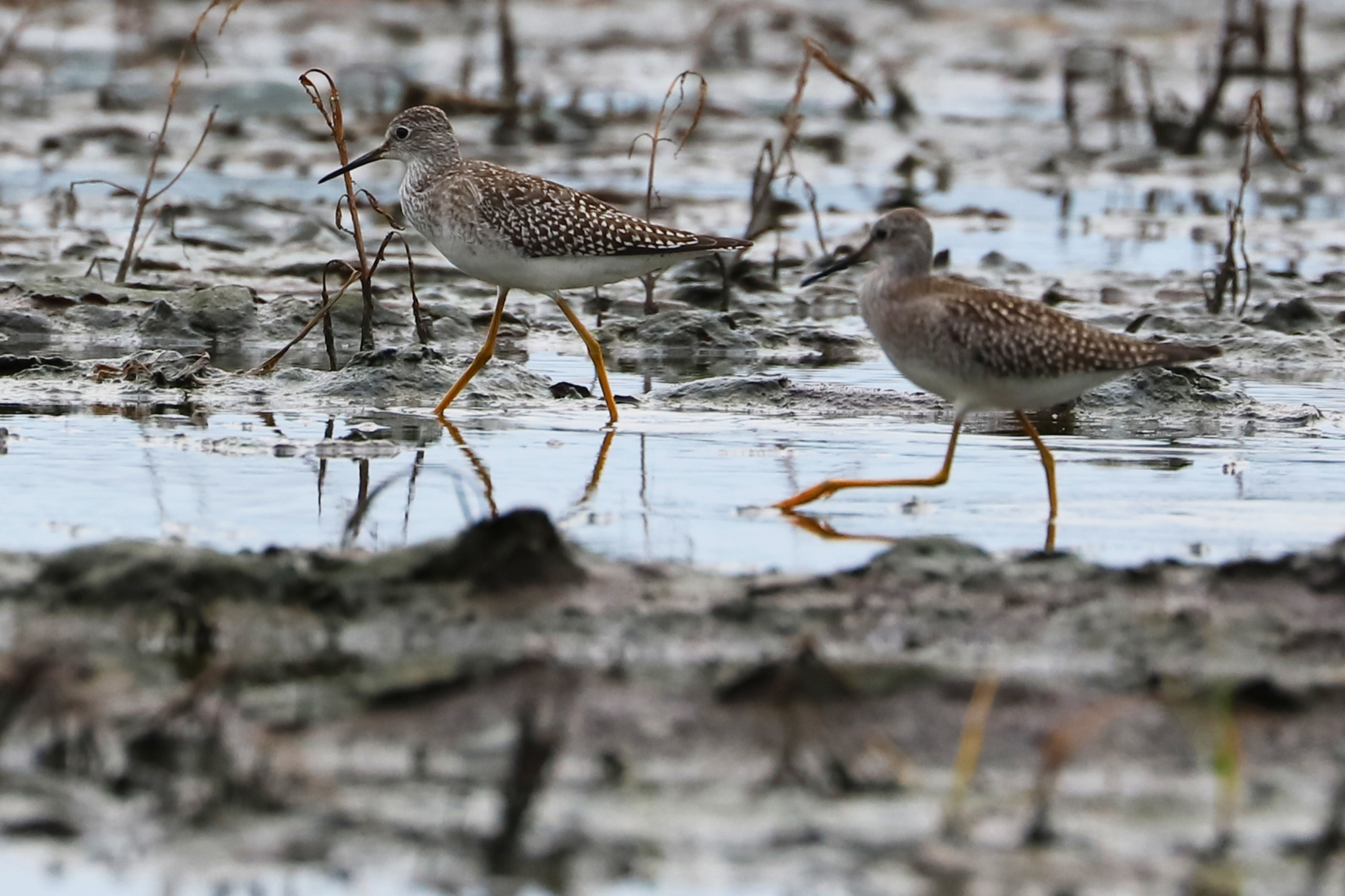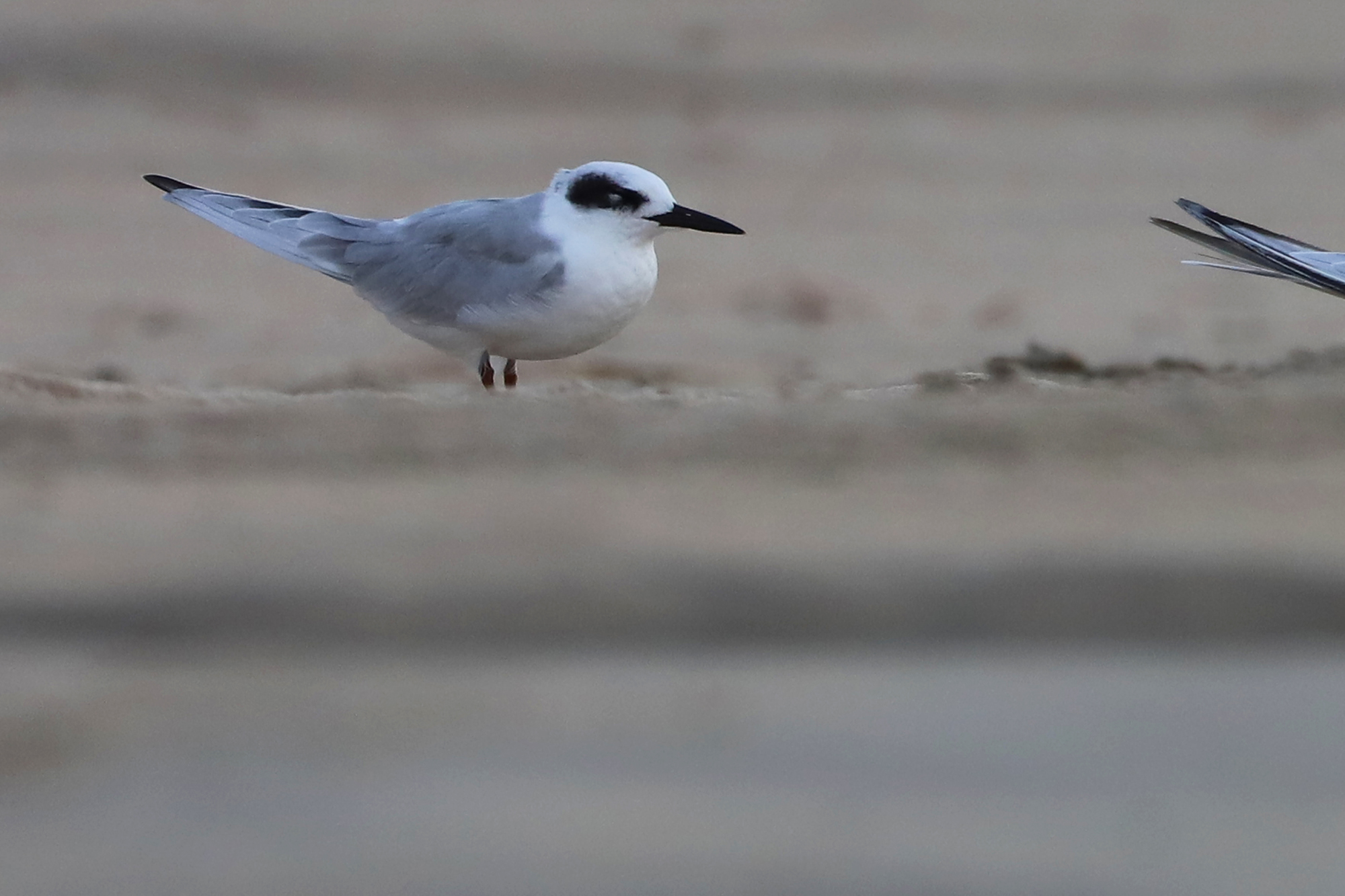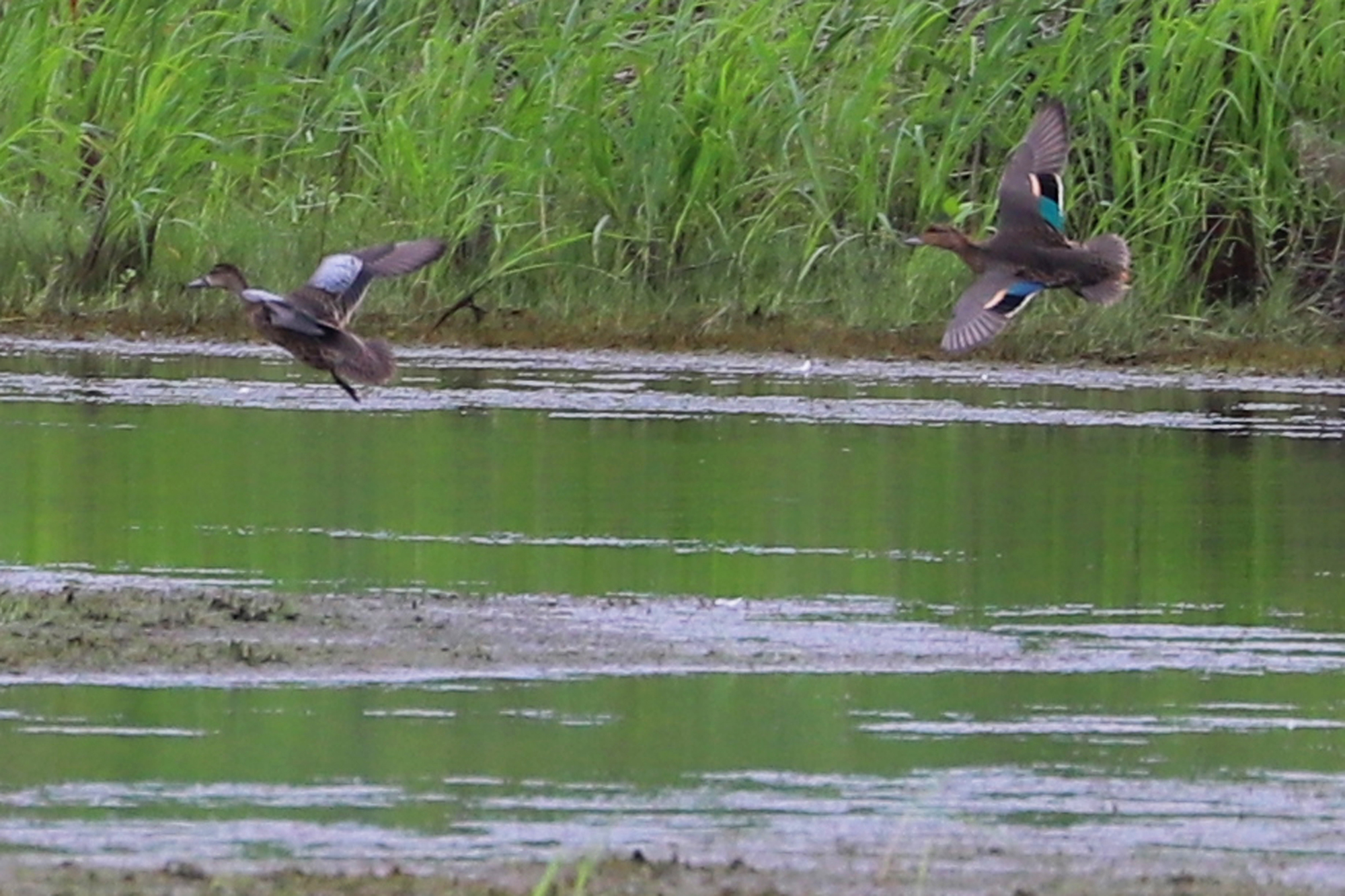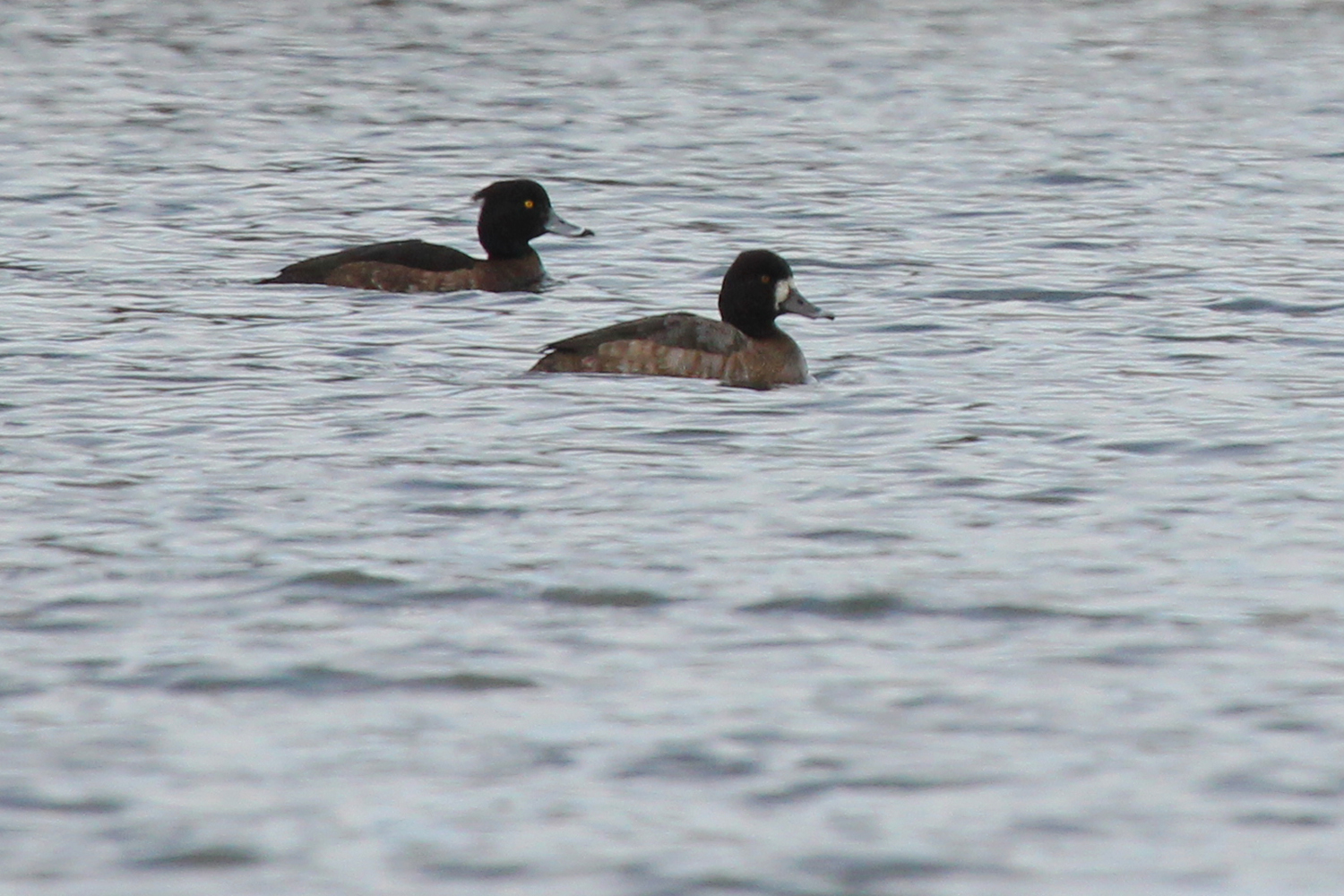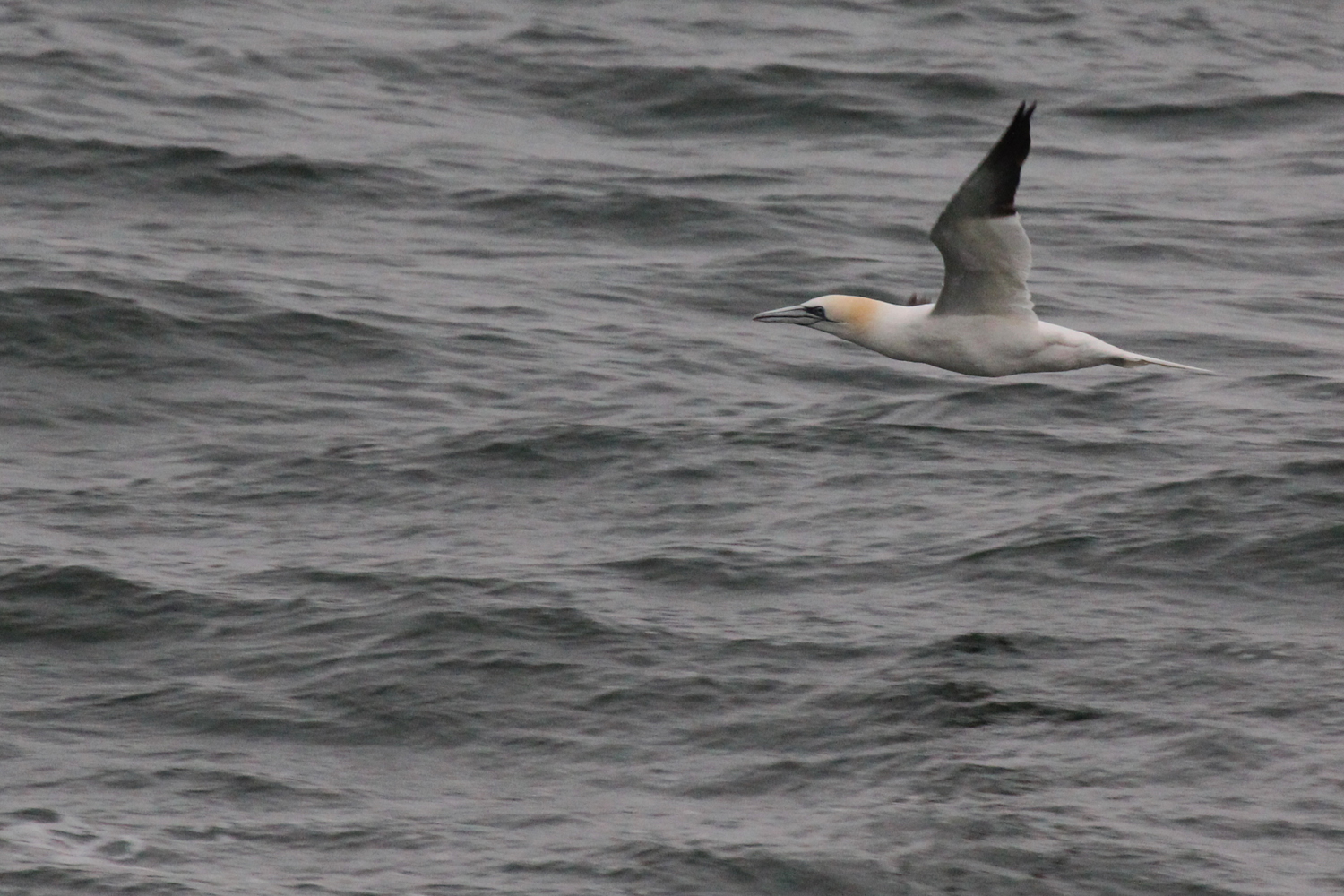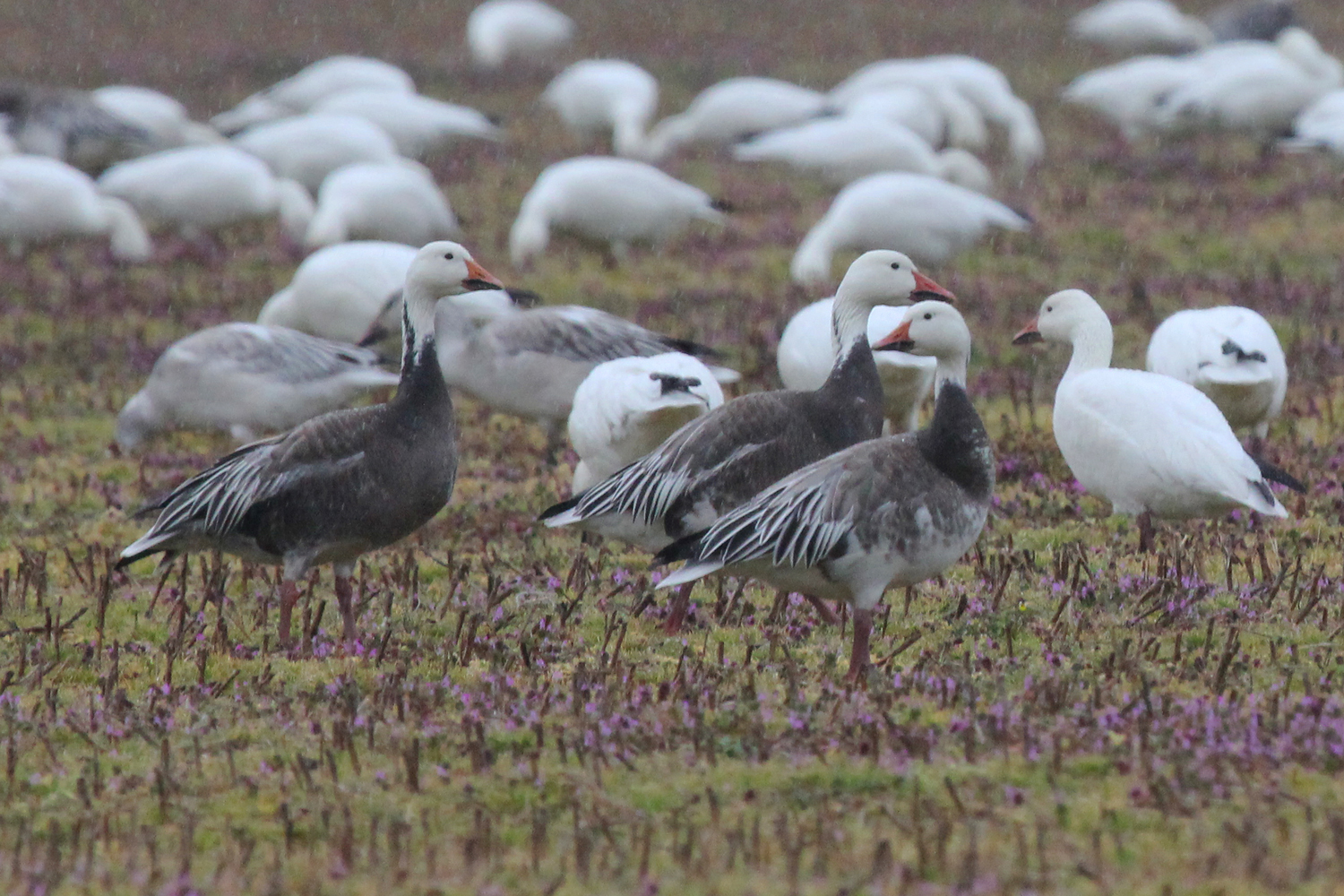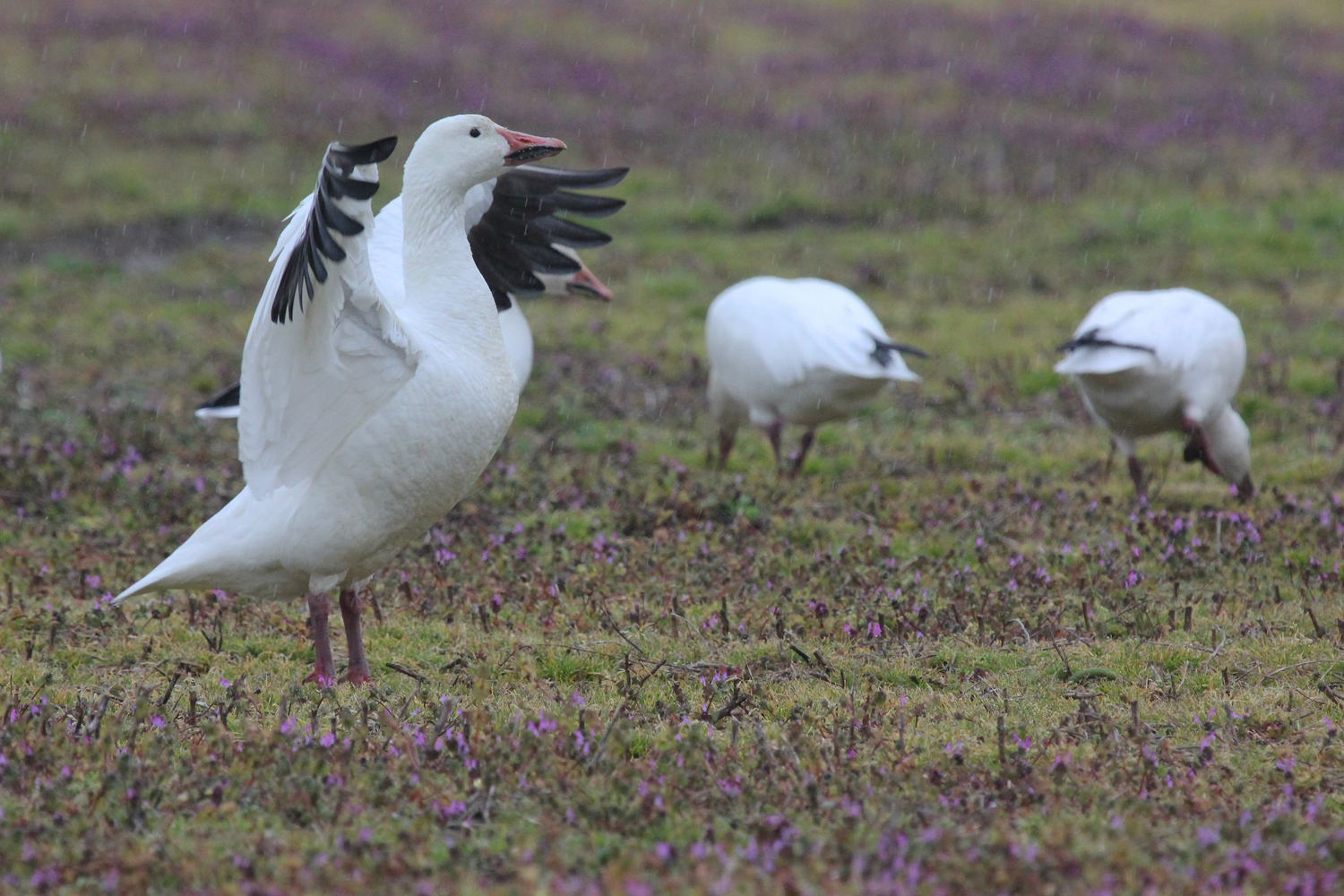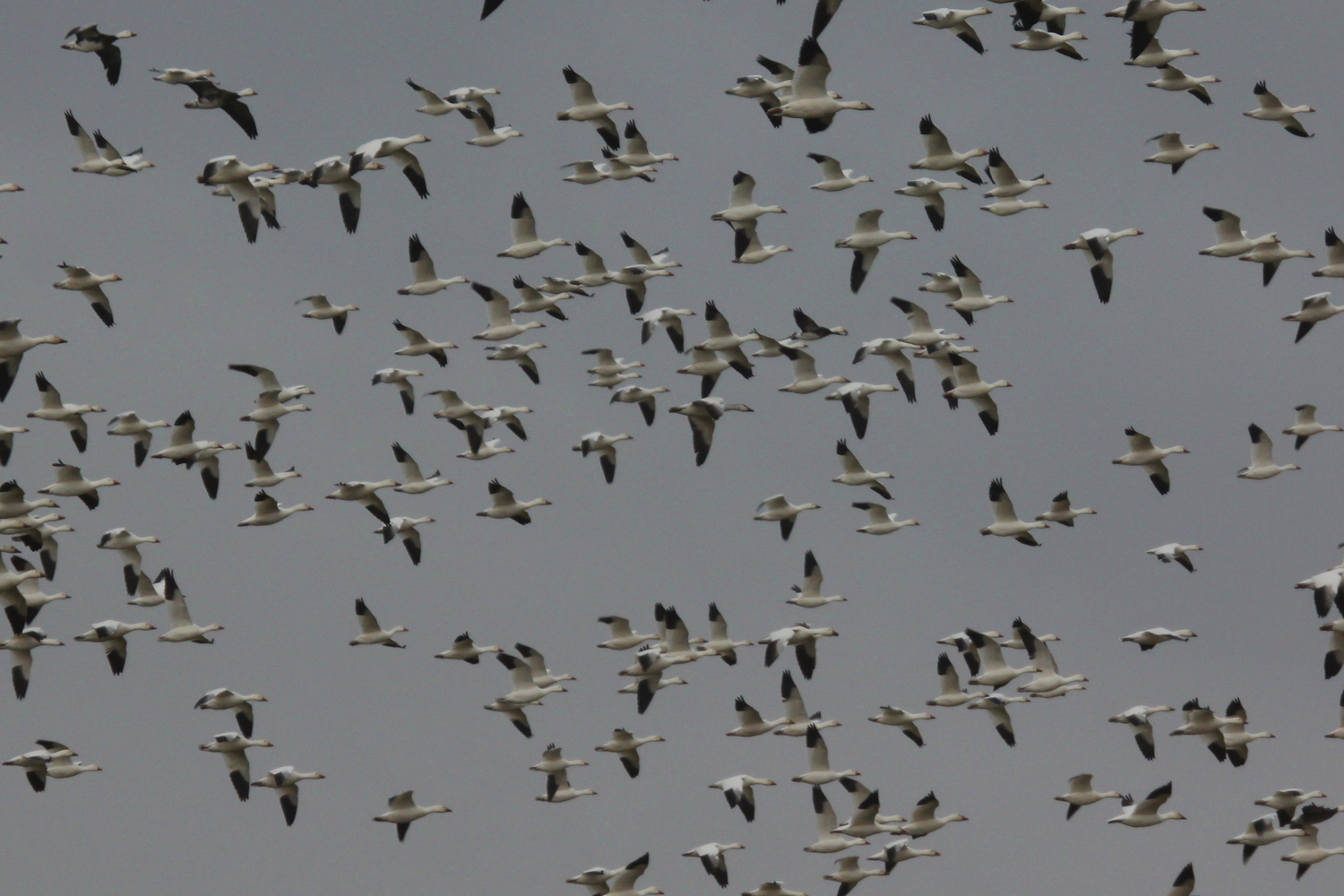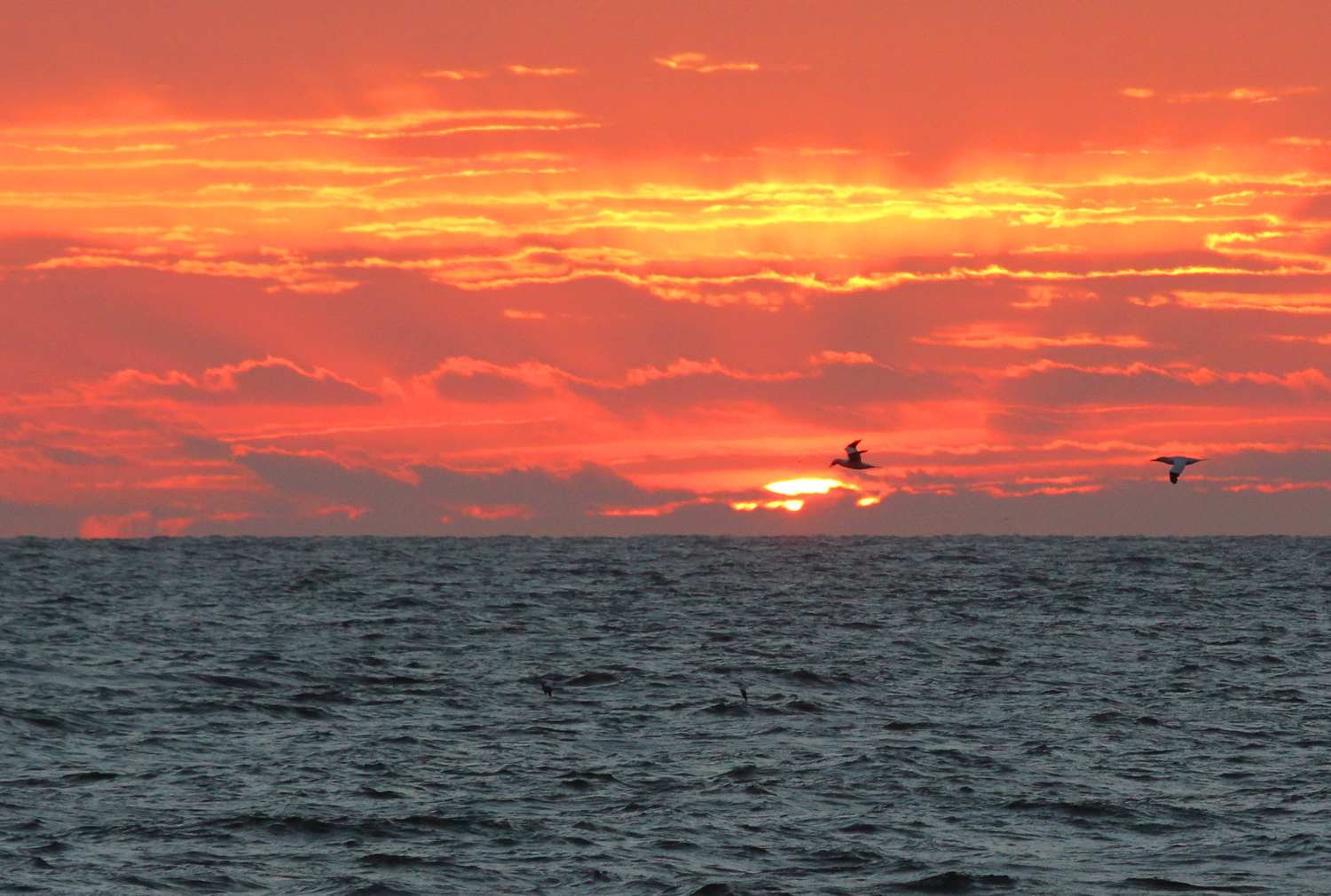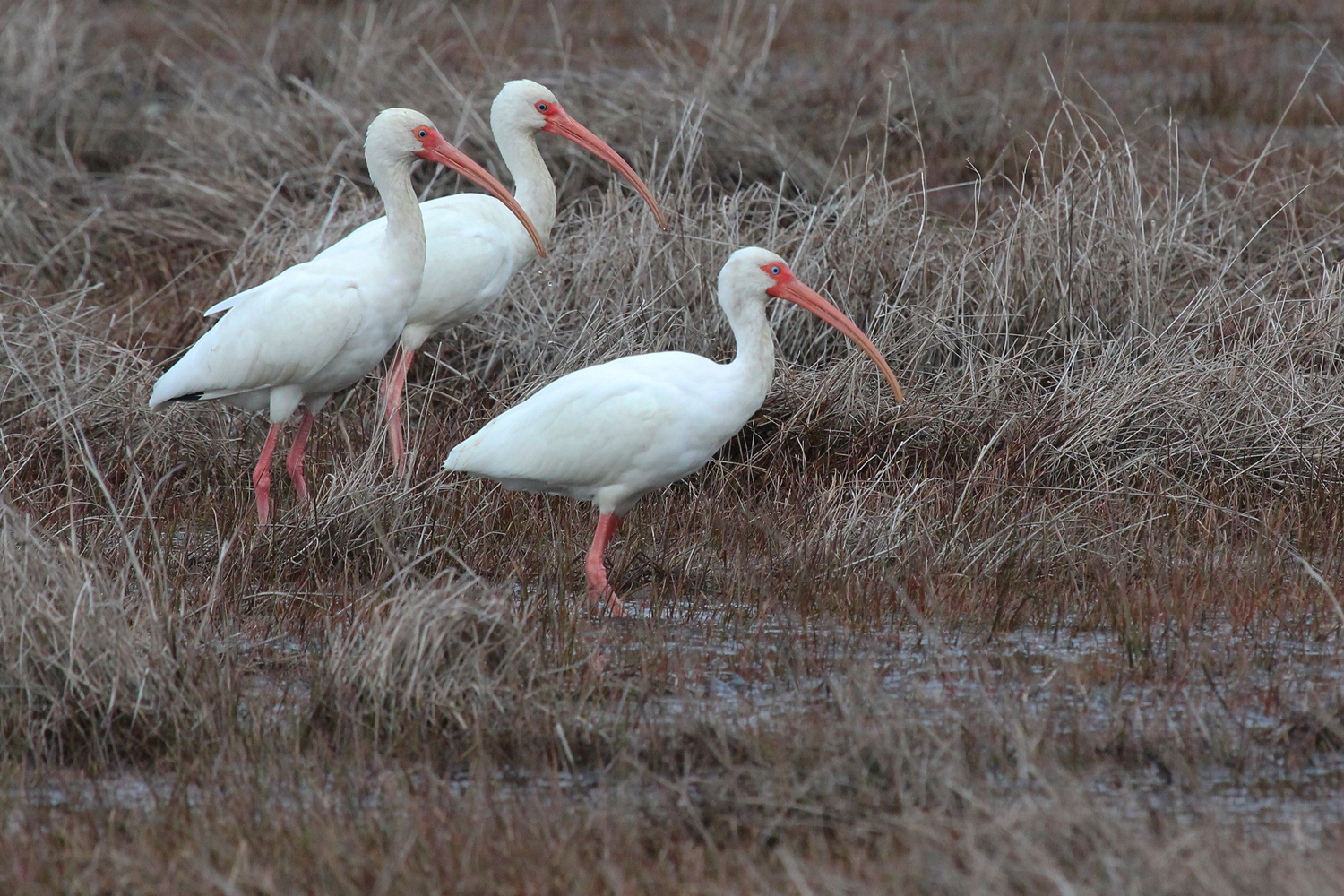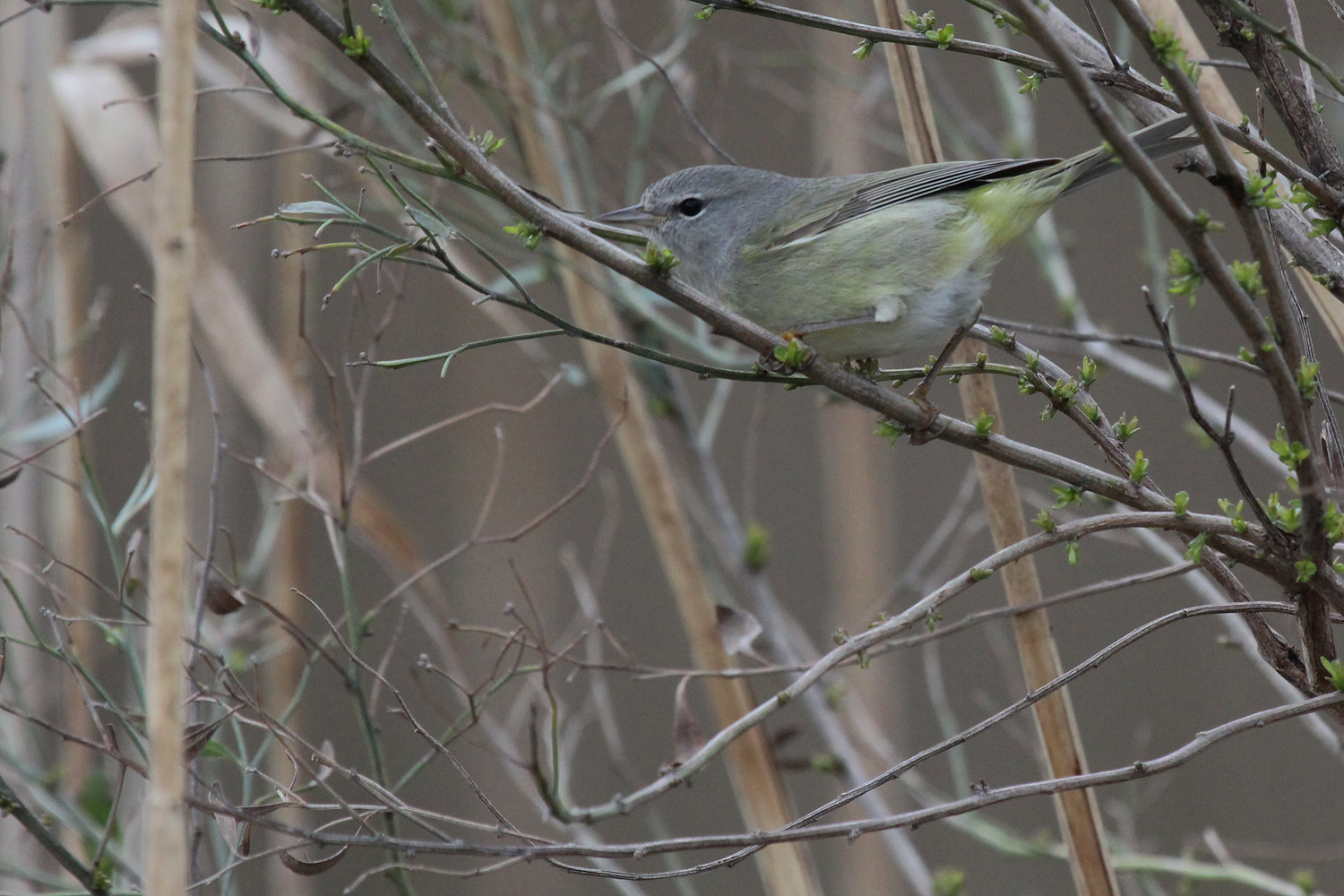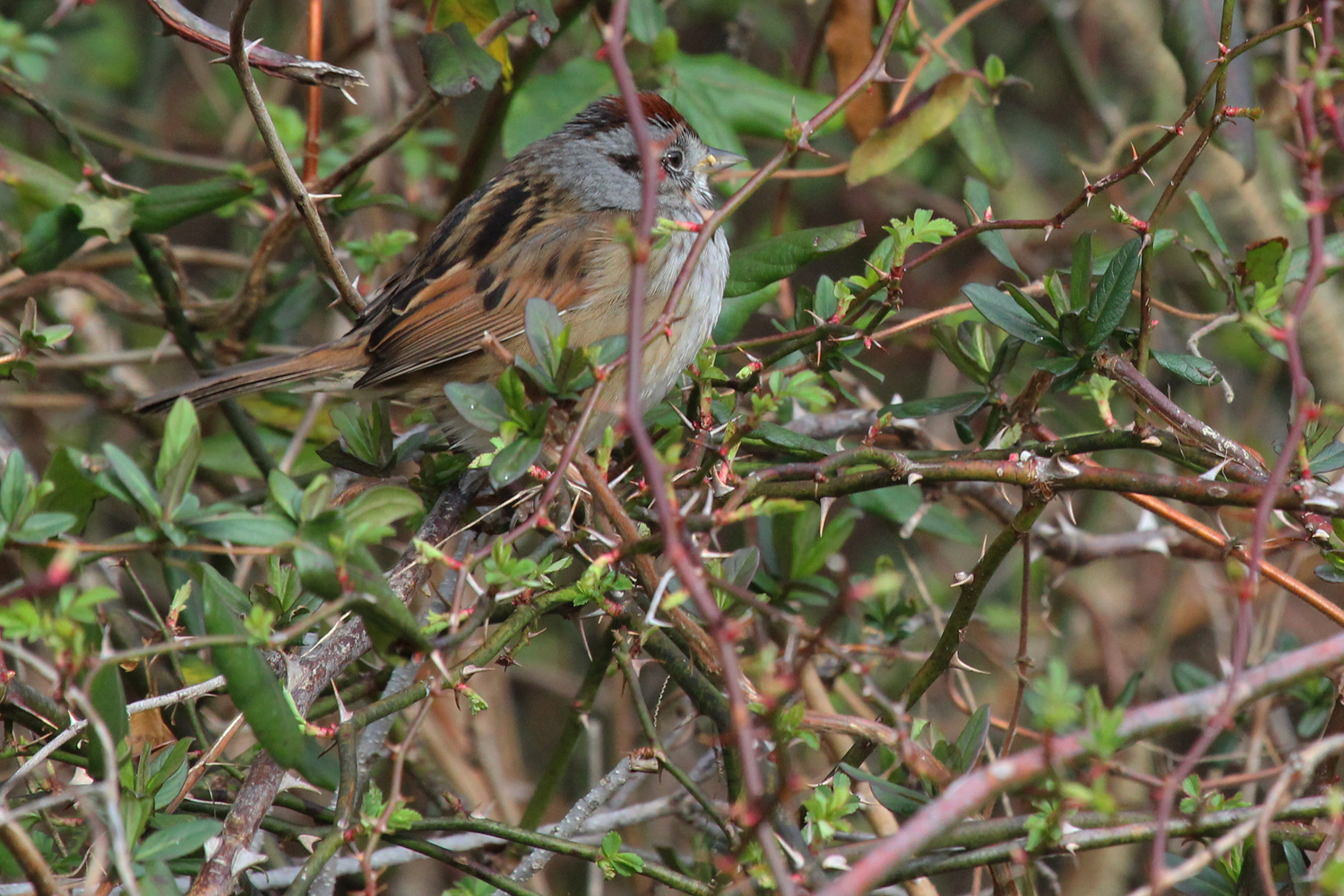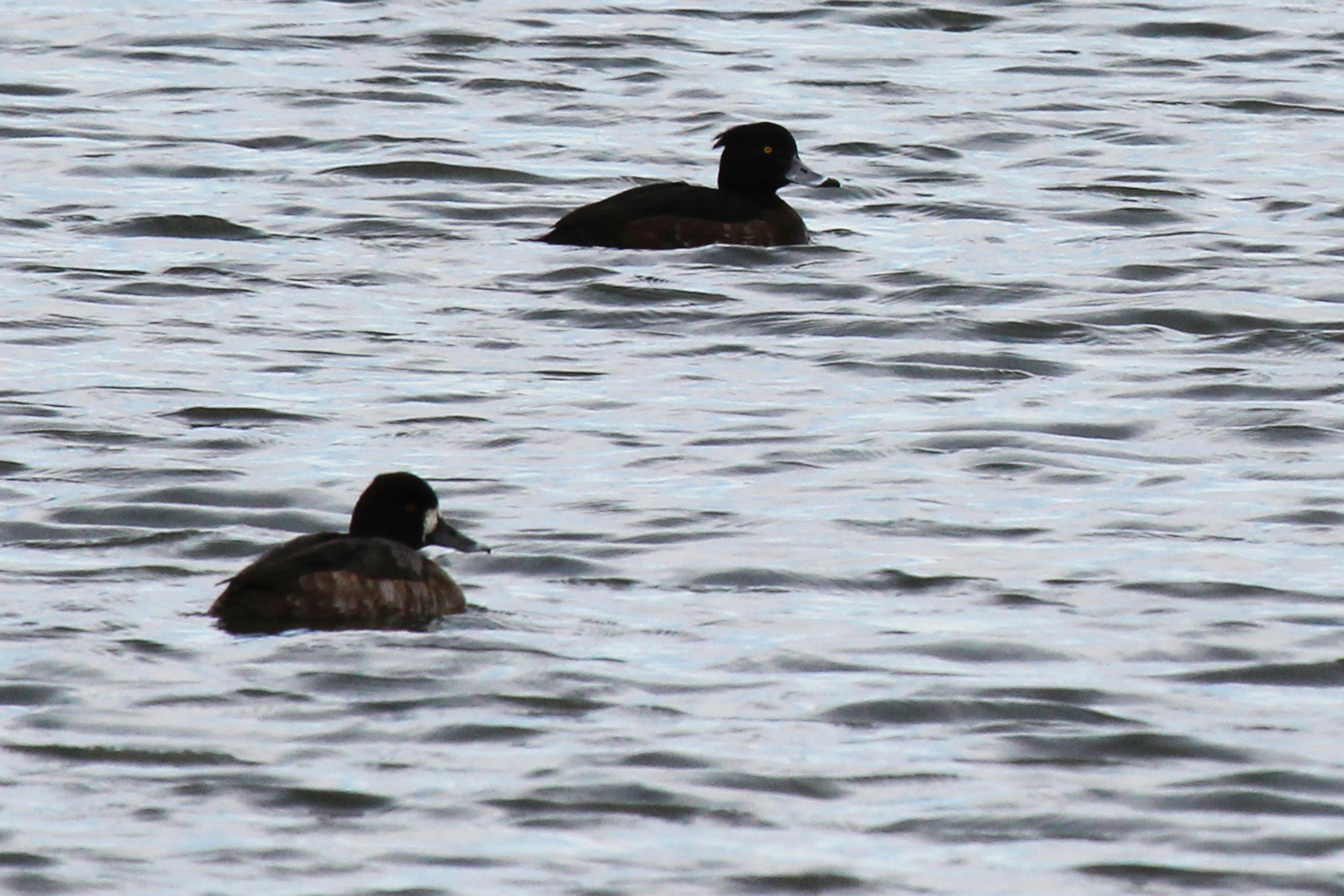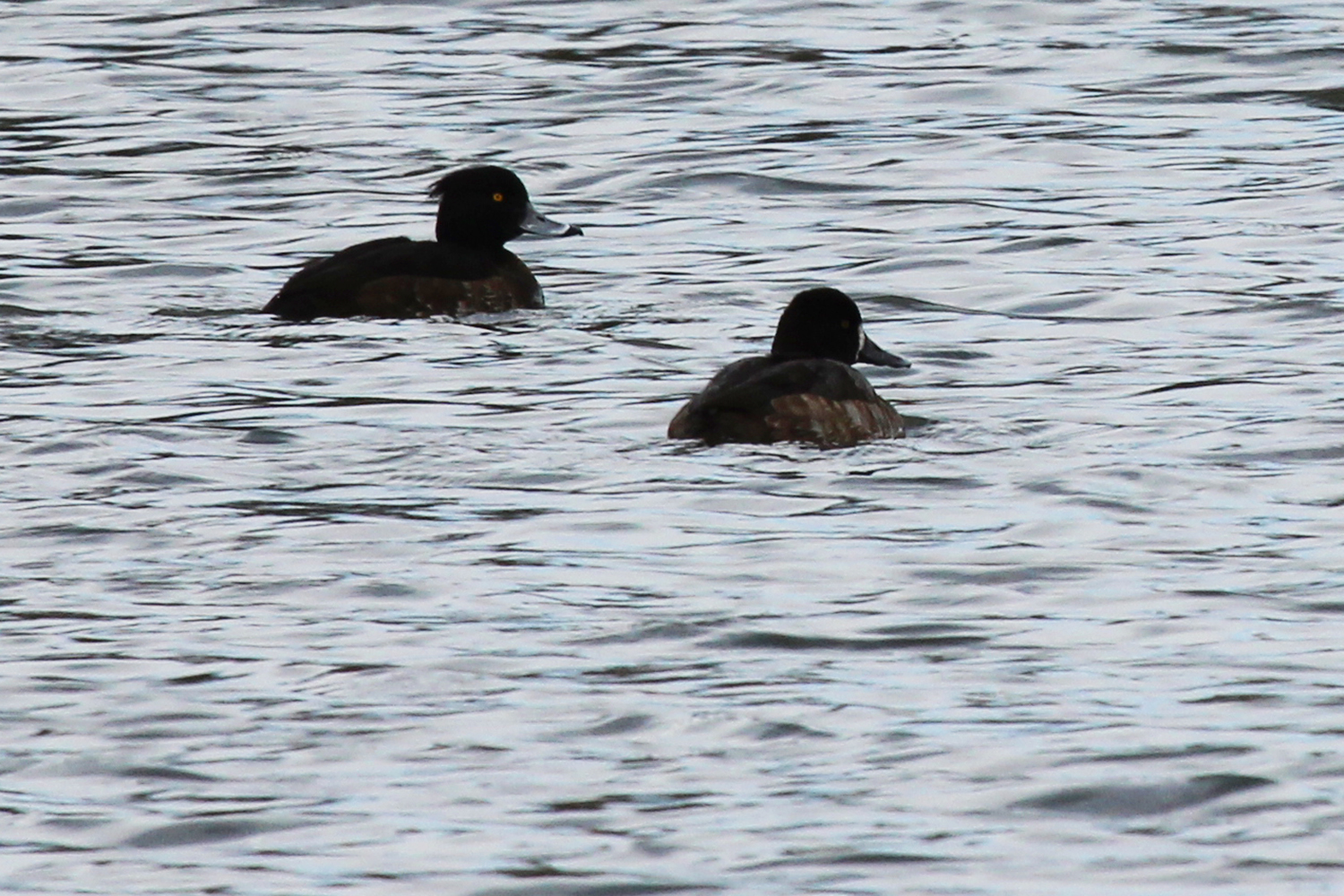August 2019
/Over the years, this journal has gone through several format modifications. Reasons for these modifications have certainly varied. Several years ago, switching from a personal journal, which this all began as, to a format that celebrated the finds of all Virginia Beach observers during a weekly period afforded me the opportunity to better showcase what was being observed by the full community, not just what was seen through my own eyes. Later, changing from a weekly to a thrice-monthly format allowed for a more scientific comparison across different years during the same timeframe, to better showcase which species would be observed, and what weather patterns were present as well as how the differed year to year. I’ve always maintained that as birders or simply as observers of the natural world, we have a responsibility to document what we see & hear while outdoors. Information is a powerful entity, perhaps more so nowadays than ever. Hopeful of continuing the tradition I’ve set forth with this journal over the years, but also mindful of the time constraints put on me as an individual, I’ve opted to transition the thrice-monthly journal to a full Monthly Journal format. Through this format I hope to give the local birding community a thorough summary of bird sightings and a discussion of weather patterns affection their distribution just as before, but without the personal handcuff of publishing a new edition every ten or so days. Photographs require editing time; reports require time to research; time spent in the field is priceless. Essentially, good things take time to complete, and to do properly. This new format will certainly showcase the highest quality information and photographs available, and with that said, please enjoy what is hopefully the first of many monthly entries to come!
August proved to be a worthwhile period to start fresh with. Over the course of its thirty-one days, a total of 153 species were logged to eBird, which was an increase from the 142 species logged during July and also was an increase (+1) on the 152 species logged during August last year. With August now complete, Virginia Beach has now logged records for 278 species to eBird during 2019 (+5 compared with last year’s 273 through the same timeframe), and the number of complete checklists now sits at 7,304 (2018 produced 8,489 in total, the most of any year thus far). Species highlights this month included new rarity records for Cliff Swallow, Marbled Godwit & Common Gallinule, continuing rarity records for Anhinga, new unseasonal records for Yellow-throated Warbler & Black Scoter, continuing unseasonal records for Common Eider, offshore records for Cory’s & Audubon’s Shearwater and Wilson’s Storm-Petrel, early first-of-season records for Bank Swallow, Wilson’s Snipe & Blue-winged Teal, first-of-season records within expected dates for Black Tern, Yellow Warbler, Black-and-white Warbler, American Redstart, Northern Waterthrush, Red Knot, Stilt Sandpiper, Green-winged Teal, Peregrine Falcon, Bobolink & Baltimore Oriole, and interesting records for Wild Turkey, Least Bittern, Mississippi Kite & Sandwich Tern!
Notable for the month of August in Virginia Beach, the first Cliff Swallow of the year was observed in flight at Back Bay NWR on 29 Aug (vis. Andrew Baldelli). Mixed in with a sizeable group of Barn Swallows, this swallow was observed early in the morning following a night of northwesterly winds, which likely helped provide a tailwind for southbound migrants. This same overnight wind setup cause first-of-season Baltimore Orioles, several Bank Swallows and high counts of Eastern Kingbirds to be observed as well though strangely didn’t bring any new warbler species to our portion of the coastline. Cliff Swallow is a low-density migrant on the immediate coastline, maybe slightly more expected in fall than in springtime, though most fall records in coastal Virginia seem to occur in Northampton. The last time one was recorded in Virginia Beach quite a while ago, way back on 17 Apr 2018, when an individual was photographed over a flooded field between the double 90° bends along Back Bay Landing Road (ph. Rob Bielawski). Certainly this species occurs more frequently during the appropriate migration time-windows (the Gold Book lists 25 Apr-20 May & 10 Jul-20 Sep for the Coastal Plain) than eBird reports suggest but with the scarcity of records during either season, any sighting of this species is highly noteworthy in Virginia Beach. Perhaps the key takeaway from this particular record is that nights featuring northwesterly winds during Aug/Sep are key to finding this species mixed among larger scale movements of other, more expected swallow species (Barn Swallow in this case).
Next up on the list of new rarities was the occurrence of a single Marbled Godwit observed flying south along the coast at Rudee Inlet on 24 Aug (vis. Andrew Baldelli). Strong onshore winds associated with a low pressure system may have assisted in kicking this individual closer inshore where it could be observed. A few days later, on 31 Aug, potentially this same individual was photographed along the beach not far south of Rudee at Dam Neck NA (Restricted Access) (ph. Paul Block), so perhaps it’ll continue to be observed into September. It had been almost a full year since the last record for this species occurred in Virginia Beach! Last year, an individual was recorded on the beach at Back Bay NWR from 6 Aug 2018 (vis. David Hughes & Lauren Mowbray) through 6 Sep 2018 with two individuals present together on 2 Sep (vis. James Marcum). The only other record for 2018 was a group of 3 observed in flight over Princess Anne WMA Whitehurst Tract on 12 Aug (ph. Rob Bielawski). August and September have proven to be the best time for us to observed this species in Virginia Beach, though they do winter north of here throughout the Eastern Shore in large numbers (Oyster, Willis Wharf, Chincoteague), and at Pea Island NWR in Dare County, NC not far south of us. We seem to observe them only as fall transients, and any year we get more than 1 or 2 is an excellent year.
Also notable for the month was a single Common Gallinule observed during the early August impoundment survey at Back Bay NWR on 6 Aug (vis. Andrew Baldelli). This made for the second report of the species in Virginia Beach for 2019, with the first occurring nearby at False Cape SP on 24 May (vis. Drew Avery & Tracy Tate). While we have struggled a bit finding this species in 2019, last year was actually a banner year here for this species, with records at several locations in spring & fall. This included a pair of adults at Princess Anne WMA Whitehurst Tract (south section) from 15 Apr-5 May 2018 (ph. Rob Bielawski), one adult along the Raptor Trail (formerly Bay Trail) at Back Bay NWR from 14-25 May 2018 (vis. Cindy Hamilton), perhaps a repeat adult at Princess Anne WMA Whitehurst Tract (north section) from 17-27 May 2018 (vis. Karen & Tom Beatty), an immature on the impoundments at Back Bay NWR on 5 Oct 2018 (ph. Robert Ake), and a single adult on private property north of Little Island Park on 30 Aug 2018 (vis. Andrew Baldelli & Tracy Tate). The cryptic nature of this species makes observation difficult though, and it is likely that quite a few are present in the city in any given year. We do seem to be at the northern limit of their wintering range, with individuals often being records just across the North Carolina border at Mackay Island NWR during Dec-Feb. Typically our first records are in April, which might also have something to do with the opening of the East or West Dikes at Back Bay NWR, giving the public a chance to view the impoundments that have been closed since the start of November.
In terms of continuing rarities, the Anhingas at Stumpy Lake NA continued to put on a show for a wide array of observers throughout the month of August. First observed at this location way back on 21 Apr (2, ph. Stephen Keith), their occurrence alone has boosted the number of eBirders visiting Virginia Beach throughout the summer months. For the first time during the 2nd Virginia Breeding Bird Atlas (running 2016-2020), this species was confirmed as a breeder at Stumpy Lake! It truly has been an incredible year for the species being observed locally, with a minimum count of 27 individuals having been so far observed across five different locations in the city (though none away from Stumpy Lake during August). With almost 200 eBird reports now submitted for the species this year, the number of photographs that have been provided as documentation is also staggering. For anyone interested in browsing the 200+ photographs so far input, these can all be viewed by clicking Here!
Several unseasonal finds during August also proved to be quite exciting and from a month-birding perspective might be just as rare or unexpected as the species listed above in this report! A single Yellow-throated Warbler was beautifully photographed in a private backyard in the Bellamy Manor neighborhood on 24 Aug (ph. Una Davenhill). That record makes for the first observation of the species in Virginia Beach since 18 May, and perhaps benefits from its location being towards the western side of the city. In 2018, we only had a single fall record for Yellow-throated Warbler, coming all the way at the end of the season on 28 Nov 2018 (vis. Tracy Tate). Interestingly, this is certainly not the first time an excellent warbler has been observed at this Bellamy Manor household, with our only Hooded Warbler of the fall season in 2018 also photographed there (ph. Una Davenhill). Both of these species are scarce in Virginia Beach after the spring season, and any report is noteworthy. Last month, there was a singing male Hooded Warbler at First Landing SP, the first summering record in quite some time here, but it didn’t persist into August.
A strong low pressure system off the coast on 24 Aug that sent us strong onshore winds also provided unseasonal observations of several Black Scoters, the first records for the species in the city since 18 Jul. Recorded from two separate locations along the immediate coast and all heading northbound, three females were photographed at Back Bay NWR (ph. Rob Bielawski) and a mixed group of five females & males were photographed at Camp Pendleton SMR (ph. Steve Myers). Over the last few years, records for this species lingering into the summer months along the coastline have become more and more prevalent. However, there is usually a gap in records during August & September, after the lingerers have either departed or perished, but before southbound migrants start showing back up in early October. Any August record for the species is therefore exciting. It is also worth noting that a single female was observed the following day, 25 Aug (ph. Rob Bielawski) further inland at Grandview NP in Hampton flying north along the western shore of the Chesapeake Bay (the only western bayshore record since early April). So these strong onshore winds could potentially push coastal lingerers into the bay.
Last of the unseasonals for August, a single adult female Common Eider present since spring managed to linger into this month. Though it was only noted once this month, on 3 Aug (ph. Justin Fuller & Alexis Rabon fide Virginia Aquarium & Marine Science Center), this individual had been present at Rudee Inlet and along the shoreline of Lake Rudee / Owl’s Creek going all the way back to 16 Jun (vis. Andrew Baldelli). It was presumed that this was the same adult female that had been observed around Lynnhaven Inlet from Apr into early June. In particular, the Virginia Aquarium did an excellent job documenting this eider through the summer months as their Dolphin Discovery Sea Adventure tours went in & out of the inlet. Even beyond eBird, many photographs of this female were posted to the Birding Virginia Facebook group by Justin Fuller, Alexis Rabon & Taryn Paul. Records for other similarly-plumaged adult female Common Eiders (with apparently injuries to wing/flight feathers) also popped up in neighboring Northampton in late July (ph. Warren Rofe), Currituck in mid-July (John Manual & Manual Morales) and Dare in mid-August (ph. Karen Lebing). It’d be curious to know if this same individual account for more than just the Rudee Inlet reports, though, it is impossible to tell for sure from the photographs in eBird.
A private birding & fishing trip to Virginia’s offshore waters occurred on 31 Aug and ended up spending a little bit of time inside Virginia Beach waters (as defined by eBird’s Closest Point of Land Policy). Departing from Rudee Inlet around 5 AM, the group of six (Matt Anthony, Rob Bielawski, Ned Brinkley, James Fox, Nick Newberry & Jason Strickland) spent 12-13 hours offshore & was able to observe at least two species within Virginia Beach waters, Cory’s & Audubon’s Shearwaters and Wilson’s Storm-Petrel, with the Cory’s being documented by GPS embedded photographs & the Audubon’s being mixed in with the same group but not photographed before it flew off. Great Shearwater was also observed in the same vicinity but either fell in Northampton County or Currituck County waters when the photo GPS coordinates were checked against eBird. It is possible that one flew through our airspace, but unfortunately there was no photographic documentation to prove this. Each of these species are certainly expected to be found during this time of year offshore along the continental shelf break, but it’s still exciting to see them logged into eBird. Currently, all of these do flag as rare in eBird, since we do not have a pelagic data filter and since any inshore (or onshore) sighting would be remarkable, though it is possible ahead of, or in the aftermath of tropical cyclones.
While July really kicks off the season of Fall Arrivals (mostly shorebirds), August tends to be the first month in which passerines are on the move. This month, regarding expected/annually occurring fall migrants, records occurred for the following first-of-season arrivals (dates listed in parentheses after the species name are the expected/average dates of fall arrival):
Black Tern (10 Jul) – First Observed: 1, Back Bay NWR, 5 Aug (vis. Tracy Tate); First Photographed: 2, Back Bay NWR, 18 Aug (ph. Rob Bielawski).
Yellow Warbler (5 Aug) – First Observed & Photographed: 2, Back Bay NWR, 6 Aug (ph. Karen & Tom Beatty).
Bank Swallow (10 Aug) – First Observed & Photographed: 1, Muddy Creek Rd. at Shipps Cabin Rd., 7 Aug (ph. Rob Bielawski).
Black-and-white Warbler (10 Aug) – First Observed & Photographed: 1, Back Bay NWR, 10 Aug (ph. Rob Bielawski).
American Redstart (5 Aug) – First Observed: 1 adult female, Oak Springs (Private Residence), 12 Aug (vis. Carolyn Page); First Photographed: 2, Stumpy Lake NA, 25 Aug (ph. Betty Sue Cohen).
Northern Waterthrush (5 Aug) – First Observed: 1, Back Bay NWR, 15 Aug (vis. Andrew Baldelli). Species not yet photographed for the Fall season!
Red Knot (20 Jul) – First Observed: 1, Back Bay NWR, 21 Aug (vis. Karen & Tom Beatty). Species not yet photographed for the Fall season!
Stilt Sandpiper (20 Jul) – First Observed & Photographed: 1, Muddy Creek Rd. at Shipps Cabin Rd., 23 Aug (ph. Karen & Tom Beatty). Please note: This was also the very first record for Stilt Sandpiper in Virginia Beach for 2019 after not a single one was logged during spring migration and it took over a month beyond their expected fall arrival date for the first (and still only) to show up!
Wilson’s Snipe (5 Sep) – First Observed & Photographed: 1, Muddy Creek Rd. at Shipps Cabin Rd., 23 Aug (ph. Karen & Tom Beatty).
Blue-winged Teal (25 Aug) – First Observed & Photographed: 1, Princess Anne WMA, 24 Aug (ph. Steve Myers).
Green-winged Teal (25 Aug) – First Observed & Photographed: 1, Princess Anne WMA Whitehurst Tract, 25 Aug (ph. Rob Bielawski).
Peregrine Falcon (15 Aug) – First Observed: 1, Pleasure House Point NA, 25 Aug (vis. Tracy Tate). Species not yet photographed for the Fall season!
Bobolink (20 Aug) – First Observed & Photographed: 56, Princess Anne WMA Whitehurst Tract, 28 Aug (ph. Rob Bielawski).
Baltimore Oriole (15 Aug) – First Observed: 9, Back Bay NWR, 29 Aug (vis. Andrew Baldelli). Species not yet photographed for the Fall season!
In additional to all the rarities, unseasonals, and first-of-season finds, there were also some expected species found in some unexpected places around the city. Kicking off the month, a single Sandwich Tern was recorded at Lake Trashmore on 1 Aug (vis. Jason Schatti) making for the furthest inland record this year for the species in Virginia Beach. Typically it’ll take some intense winds to fling these terns to inland locations such as the freshwater Lake Trashmore. It is certainly a species to look for over freshwater following the passage of low pressure systems that yield strong onshore winds along the coast… definitely something to try for on a rainy day. Though they have nested in Thoroughgood over the last few years, Mississippi Kites tend to be difficult to find south of I-264. However, one was photographed this month at Marsh View Park on 4 Aug (ph. Stephen Keith), only the third such record to fall south of the interstate this year. For a second straight summer season, at least one Least Bittern appears to have set up a breeding territory in the marshy islands of the Lynnhaven River’s brackish estuary south of Pleasure House Point NA. With a single individual first logged here back on 31 May (vis. Bob Swiader) it was exciting to see additional reports continue into August. One sight record occurred 1 Aug (vis. Andrew Baldelli) with a followup on 10 Aug (vis. Jeff Souther), and the very first photographic record at this location (all years) finally occurred 18 Aug (ph. Rob Bielawski, later viewed alongside Tommy Maloney). In 2018, a confirmation of breeding was achieved here on 21 Jun when an adult was observed feeding young, and vocalizations of the adult were recorded (a.r. Andrew Baldelli). That record marked the first breeding confirmation in Virginia Beach for Least Bittern for the 2nd Virginia Breeding Bird Atlas, and also the first “coded” entries away from the Back Bay watershed where they’re expected. Lastly, a single Brown Pelican observed soaring over London Bridge Creek at the bridge on Lynnhaven Parkway (near Holland Road) on 28 Aug (vis. Rob Bielawski) made for an unexpectedly far inland record for the species. Outside of a group of 4 Brown Pelicans observed at Stumpy Lake way back on 26 Feb (vis. June McDaniels), this is the most isolated record for the species in the city this year so far.
Aside from the wide variety of species that were observed this month and logged to eBird, sometimes it is just as interesting to look at which species expected to be present, managed to get missed altogether. For example, Wood Thrush was not recorded to eBird during August, most likely because they stopped singing sometime in July and are difficult to detect without their song belting through the forest. Similarly, the last Ovenbird logged in the city occurred way back on 6 Jul at Princess Anne WMA Whitehurst Tract of all places. This species most certainly breeds at forested parks like Stumpy Lake NA, West Neck Creek NA, Red Wing Park and First Landing SP, but like the Wood Thrush, its silence this time of year makes it tough to track down following the nesting season. Several other species more likely to be noticed by ear than by eye were missed as well, including: Barred & Great Horned Owl, Chuck-will’s-widow and Northern Bobwhite. Three of these being primarily nocturnal species likely means that birders simply weren’t out in the dark searching for them. However, Chuck-will’s-widows may have stopped calling by the end of July as well, and the best places to find them (False Cape SP & Back Bay NWR) are inaccessible past dusk, unless camping, so there is some extra effort required there beyond the norm. Northern Bobwhite has been reported very few times this year, which seems surprising, but the species may also have been extirpated from Virginia Beach. It is unknown whether the individuals we see & hear are released birds or of wild descent.
So, in terms of a comparison between what was logged in August 2019 vs. August 2018, there’s quite a few interesting differences. For starters, last August we didn’t log records for these species, but did find them this August: Green-winged Teal, Common Eider, Black Scoter, Common Gallinule, Wilson’s Snipe, Peregrine Falcon & Yellow-throated Warbler. On the flip side, we did find these birds last August, but could not repeat that success this August: Northern Bobwhite, Common Nighthawk, American Avocet, American Bittern, Northern Harrier, Great Horned Owl, Barred Owl, Lark Sparrow & Hooded Warbler. Interesting that we had 3 waterfowl species this August that went unseen last August, two being lingering and one being an arriving species.
As always, a wide array of media (photos/audio/video) were submitted during the month in Virginia Beach, and eBird makes it incredibly easy to organize and browse all of these. For those hoping to view every photo/audio/video submitted for Virginia Beach during this period, please see the complete listing for the month of August located on eBird’s Media explorer by clicking here! Please remember, anyone with an eBird user account has the ability to rate these photographs/audio/video on a scale of 1-5 stars (based on these guidelines). Making use of the average rating for each media item is how eBird populates anything media-driven on the website, particularly the Illustrated Checklists. So, if you're one of the many folks who enjoy looking at photographs or watching/listening to video/audio recordings of birds, please take some time to rate their quality, it helps to make eBird more useful with each passing day!
SEPTEMBER LOOKAHEAD: Waterfowl should begin showing up with increasing diversity. As far as dabblers go, we’ve already added both Blue & Green-winged Teal onto our typically present Mallard, Wood Duck & American Black Ducks. The impoundments at Princess Anne WMA Whitehurst Tract and Back Bay NWR should be the best spots to hold them. Throughout the month though, any neighborhood pond could pick up some neat ducks and lakes in Kings Grant, North Witchduck, and at Sherwood Lakes should all be checked out frequently. There could always be some Black or Surf Scoters lingering somewhere along the coast and it isn’t out of the question to find a Red-breasted Merganser, though none have been documented since springtime here. Waders should continue with their post-dispersal movements away from breeding colonies. Large numbers of Great Blue Herons, Great Egrets, Snowy Egrets, Little Blue Herons & Tricolored Herons are likely to be seen at Back Bay NWR in the coming weeks. Yellow-crowned & Black-crowned Night-Herons are likely to pop up in unusual locations, and Cattle Egrets have begun gathering in larger flocks in southern Virginia Beach (Muddy Creek, Nanney’s Creek, Gum Bridge, Morris Neck Roads are good areas to check).
Shorebirds, terns and gulls should continue to be observed with strong diversity of species and counts of individuals along the immediate coastline at places like Pleasure House Point NA, First Landing SP’s beachfront, Fort Story JEB (Restricted), the Resort Area beaches, Rudee Inlet, Camp Pendleton SMR (Restricted), Sandbridge, Little Island Park, Back Bay NWR & False Cape SP. Special attention to the coast should be given during days featuring onshore winds (easterlies), which can help bring these species closer inshore. Heavy rainfall events tend to also help concentrate these species onto the beaches and can cause shorebirds to “fallout” into flooded fields in the southern interior of the city. Currently, the only agricultural field known in Virginia Beach to be holding shorebirds after rainfall events though is the field at the junction of Shipps Cabin Road with Muddy Creek Road. This field has stayed mostly mud due to its very low elevation, as wind tide flooding from adjacent Back Bay tributary ditches has resulted in the loss of crops here leaving the ground open for ponding & as a result, for shorebirds to congregate. Crops elsewhere (primarily corn & soy beans) have not yet been cultivated except in a couple of locations (Nanney’s Creek and Munden Roads). Please remember that this field is private property and can be viewed only from the roadway, with caution! September can be an excellent month for rainfall-induced shorebird fallouts, and any field where crops have been cultivated can provide proper habitat. The northern-most impoundment in Princess Anne WMA’s southern half is suitable for shorebirds, depending on the water levels on any given day that is. However, please know that the park is now only open to birding / wildlife viewing on Sundays until May!
Passerines should be on the move any night that has northerly winds featuring a westerly component. The stronger northwest, the better the odds that the overnight flight will bring migrants into the city. The first three or so hours of daylight following these flights will yield the most birds. Migrant traps like the visitor contact station area at Back Bay NWR, Marsh View Park, the campgrounds at First Landing SP, Chesapeake Beach Park, the public shared-use path on Shore Drive near Taste (the restaurant), and the heavy vegetation along Marlin Bay Drive at Pleasure House Point NA are all worthwhile places to check. Migrant passerines in fall tend to stick to dense vegetation, so anywhere you can find it, you may find something noteworthy.
At the close of August, we have not yet logged first arrivals for the following species with expected arrival dates (listed in parentheses after each species name) prior to September:
White-rumped Sandpiper (5 Aug) – View Current Fall Migration Records Map.
Northern Harrier (15 Aug) – View Current Fall Migration Records Map.
Black-throated Blue Warbler (20 Aug) – View Current Fall Migration Records Map.
Sora (20 Aug) – View Current Fall Migration Records Map.
Common Nighthawk (25 Aug) – View Current Fall Migration Records Map.
Veery (25 Aug) – View Current Fall Migration Records Map.
Wilson’s Warbler (25 Aug) – View Current Fall Migration Records Map.
Magnolia Warbler (25 Aug) – View Current Fall Migration Records Map.
Cape May Warbler (30 Aug) – View Current Fall Migration Records Map.
Black-throated Green Warbler (30 Aug) – View Current Fall Migration Records Map.
Gadwall (30 Aug) – View Current Fall Migration Records Map.
Additionally, the following species all have expected fall arrival dates during the month of September and should be looked for throughout the month. Thus far, the only September arrival we have logged is Wilson’s Snipe and all the others still await their first Virginia Beach record for the season:
Scarlet Tanager (5 Sep) – View Current Fall Migration Records Map.
Nashville Warbler (5 Sep) - View Current Fall Migration Records Map.
Dunlin (5 Sep) - View Current Fall Migration Records Map.
Wilson’s Snipe (5 Sep) - View Current Fall Migration Records Map.
American Bittern (5 Sep) - View Current Fall Migration Records Map.
Merlin (5 Sep) – View Current Fall Migration Records Map.
Red-breasted Nuthatch (5 Sep) – View Current Fall Migration Records Map.
Rose-breasted Grosbeak (10 Sep) - View Current Fall Migration Records Map.
Northern Shoveler (10 Sep) - View Current Fall Migration Records Map.
American Wigeon (10 Sep) - View Current Fall Migration Records Map.
Northern Pintail (10 Sep) - View Current Fall Migration Records Map.
Sharp-shinned Hawk (10 Sep) - View Current Fall Migration Records Map.
Gray-cheeked Thrush (15 Sep) - View Current Fall Migration Records Map.
Swainson’s Thrush (15 Sep) - View Current Fall Migration Records Map.
Blackpoll Warbler (15 Sep) - View Current Fall Migration Records Map.
Savannah Sparrow (15 Sep) - View Current Fall Migration Records Map.
Palm Warbler (15 Sep) - View Current Fall Migration Records Map.
Blue-headed Vireo (25 Sep) - View Current Fall Migration Records Map.
Brown Creeper (25 Sep) - View Current Fall Migration Records Map.
Ruby-crowned Kinglet (25 Sep) - View Current Fall Migration Records Map.
Orange-crowned Warbler (25 Sep) - View Current Fall Migration Records Map.
Ruddy Duck (30 Sep) - View Current Fall Migration Records Map.
Common Loon (30 Sep) - View Current Fall Migration Records Map.
Yellow-bellied Sapsucker (30 Sep) - View Current Fall Migration Records Map.
Winter Wren (30 Sep) - View Current Fall Migration Records Map.
Dark-eyed Junco (30 Sep) - View Current Fall Migration Records Map.
Yellow-rumped Warbler (30 Sep) - View Current Fall Migration Records Map.
Hopefully over the course of the next 30 days, each of these species, and perhaps some unexpected species, can be found in the city. For those who may want their observations to be included in this journal please remember to submit your records to www.eBird.org, where they can be reviewed for accuracy by local experts and easily found by those of us interested in such things. Thank you to those who made it through the entirety of this August entry, and be sure to check back next month to see what Virginia Beach birders will have found in September!
Next Entry | Entry Index | Previous Year | Previous Entry
For further information regarding this monthly, online publication, please visit the Journal Overview Page which provides an in-depth explanation of the current format, layout and composition of the journal. As always, thank you for reading, and please leave me a comment below (you may use your Facebook, Gmail or other accounts to easily do so), or just click the Heart icon to the lower right of this post to let me know you stopped in!





























